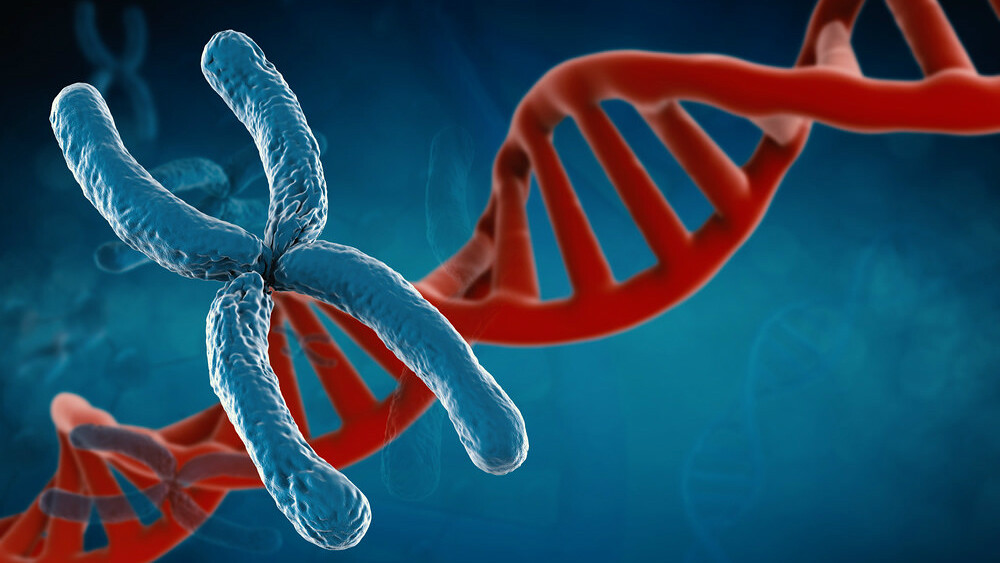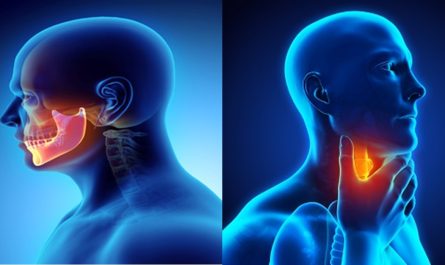Cytogenetics is a branch of genetics that studies chromosomes, their structure, function, and disorders. With advancements in molecular biology techniques, molecular cytogenetics has emerged as an important interdisciplinary area of research. Molecular cytogenetics utilizes techniques from both cytogenetics and molecular biology to study chromosomes at a high resolution. It plays a crucial role in understanding genetic abnormalities, diagnosing genetic conditions, developing targeted therapies, and furthering our knowledge of how DNA is packaged and regulated in the cell. This article aims to provide an overview of molecular cytogenetics, the techniques involved, and areas it has contributed to.
Fluorescence In Situ Hybridization
One of the most important techniques in molecular cytogenetics is Fluorescence In Situ Hybridization or FISH. It allows visualization of specific DNA sequences on chromosomes. In this technique, fluorescent DNA probes are used that are complementary to a target DNA sequence. When the probe binds to its complementary target sequence on a chromosome, it fluoresces, thus marking the position of that DNA sequence. This helps in detecting anomalies like deletions, duplications, translocations that may not be visible with traditional cytogenetics methods. FISH has been invaluable in diagnosing genetic conditions, finding markers for disease risk, and studying mechanisms of genomic disorders.
Chromosome Microarrays
Chromosome microarrays, also called Array Comparative Genomic Hybridization (aCGH), is another powerful molecular cytogenetics technique. In this technique, genomic DNA from the patient is fluorescently labeled and hybridized to an array containing DNA sequences from across the genome. The ratio of test DNA to reference DNA provides information about deletions or duplications of specific regions of Molecular Cytogeneticists Compared to standard karyotyping, microarrays have a much higher resolution of around 20kb-100kb allowing detection of very small copy number variants that may underlie unexplained diseases or developmental delays. Microarrays are widely used as first-tier tests for conditions like autism spectrum disorder and intellectual disability.
Multicolor FISH and Spectral Karyotyping
Advanced techniques like Multicolor FISH (M-FISH) and Spectral Karyotyping (SKY) take chromosome identification a step further. In M-FISH, 5 different fluorescent dyes are used to differentially label whole chromosomes. This allows simultaneous visualization of all human chromosomes to identify even complex translocations and rearrangements. SKY uses a 24-color chromosome paint to assign a unique color to each chromosome. Together with spectral imaging, SKY generates a precise color profile of every chromosome for accurate karyotyping. These techniques have found applications in cancer cytogenetics, infertility research, and prenatal diagnosis.
Telomere Biology
Telomeres, repeating DNA sequences at the ends of eukaryotic chromosomes, play an important protective role and influence genome stability, cellular senescence, and aging. Molecular cytogenetics has aided research in telomere biology. Techniques like Quantitative FISH (Q-FISH) and Telomere Length Assays quantify relative telomere length in cells and tissues. They have helped determine the role of telomere homeostasis in cancer, genetic disorders as well as understand the dynamics of telomere biology during development and aging. Telomere research exemplifies how molecular cytogenetics has contributed fundamentally to our knowledge in chromosome maintenance and its links to disease.
Chromosome Painting
Chromosome painting involves generating chromosome-specific paints or probes that bind to whole chromosomes or regions of interest. In multicolor chromosome banding (MCB), chromosome-specific probes are used to generate chromosome-specific banding patterns at 400-500 band level resolution. This provides a simple alternative to complex color karyotyping techniques. Region-specific chromosome painting uses probe pools targeting defined chromosomal sub-regions. These painting methodologies have proven beneficial in elucidating complex rearrangements in cancer genomes. They have also been utilized to map topographical rearrangements in evolution. Thus, chromosome painting is a versatile molecular cytogenetics approach for precise cytogenomic analyses.
Molecular Cytogenetics in Cancer Research
Due to rampant chromosomal abnormalities present in cancer cells, molecular cytogenetics has greatly aided cancer research. Techniques like SKY and M-FISH have facilitated detection of important chromosomal rearrangements involved in cancer progression. Applications in cancer include identifying specific gene fusions, translocations and copy number changes associated with tumor types. Cell line derived chromosome-specific probes have enabled delineation of cancer genomes and establishment of their cytogenetic evolution during transformation. Molecular cytogenetics also assists in minimal residual disease detection after therapies as well as development of molecularly targeted drugs. Overall, it has tremendously furthered our mechanistic understanding of cancer at the chromosomal level.
Molecular cytogenetics utilizes cytogenetic and molecular biology approaches to interrogate chromosomes with unparalleled precision. It has revolutionized our ability to diagnose chromosomal anomalies as well as appreciate the genome at an unprecedented resolution. Molecular cytogenetics has remarkably contributed across scientific disciplines including cancer, genetics, developmental biology and evolution by unraveling the organization and behavior of chromosomes in health and disease. With continuous innovations in techniques and advanced genomic analyses, the future promises even deeper insights into the mysteries of our genetic material thanks to molecular cytogenetics.
*Note:
1. Source: Coherent Market Insights, Public sources, Desk research
2. We have leveraged AI tools to mine information and compile it




